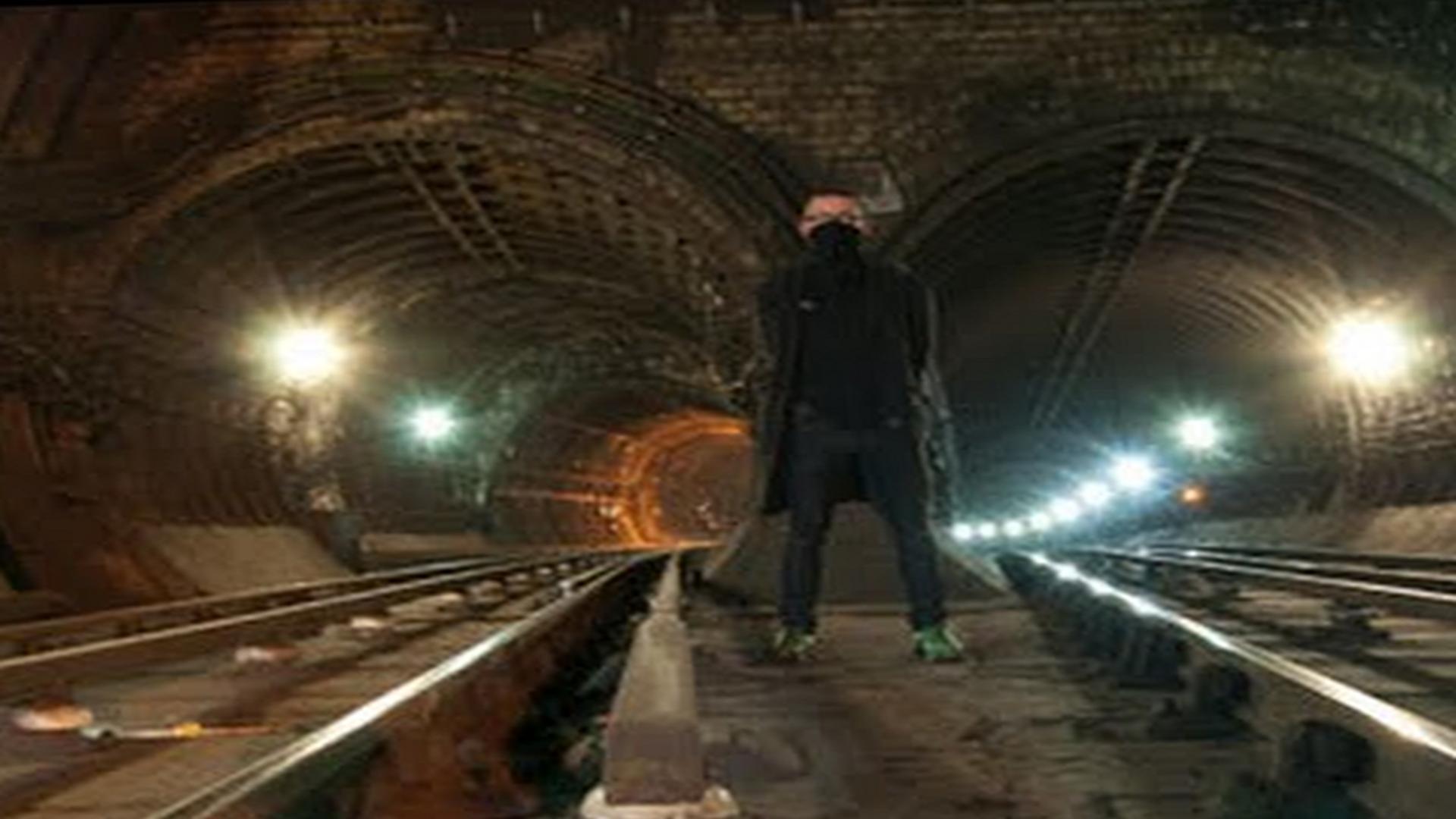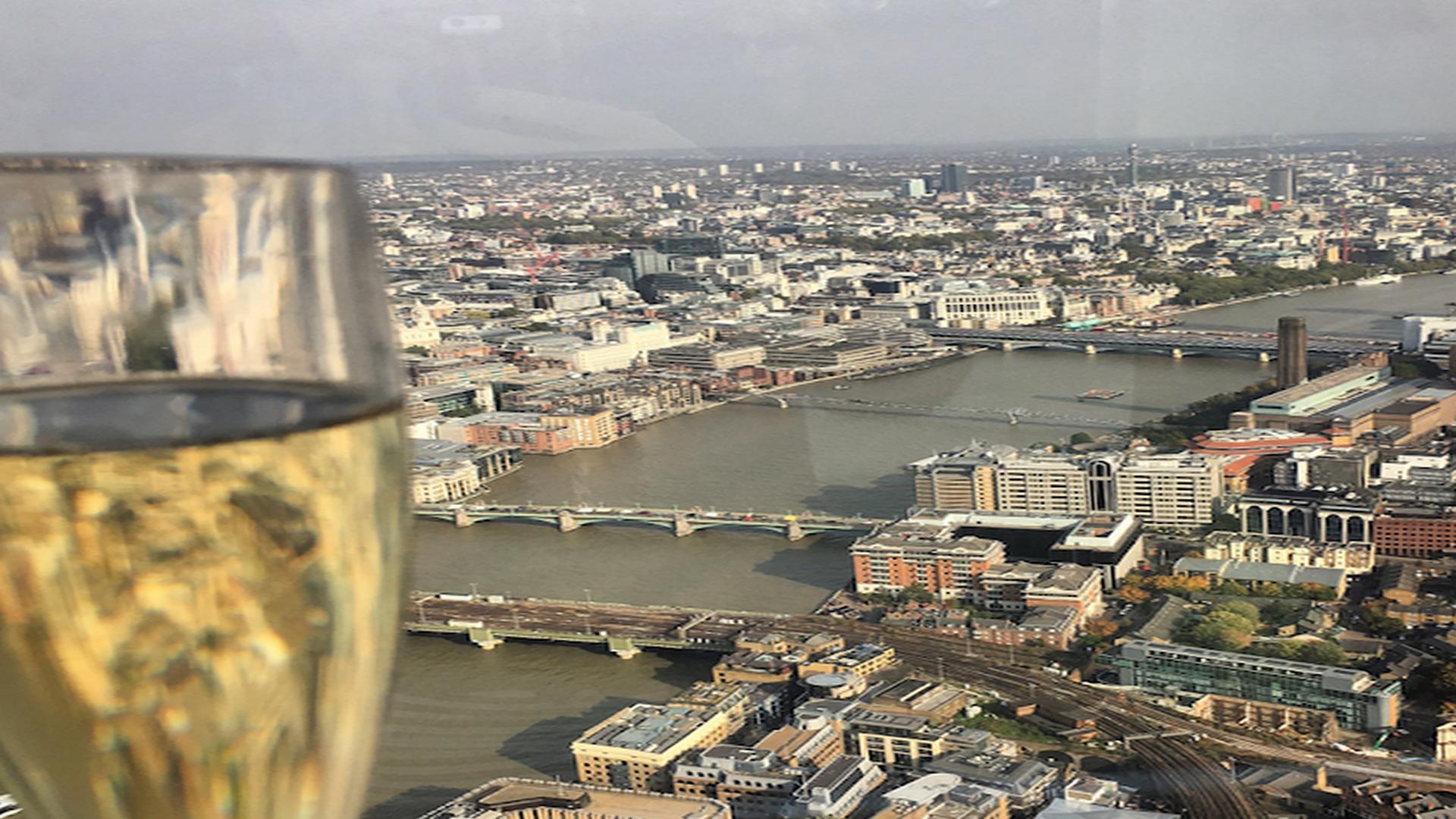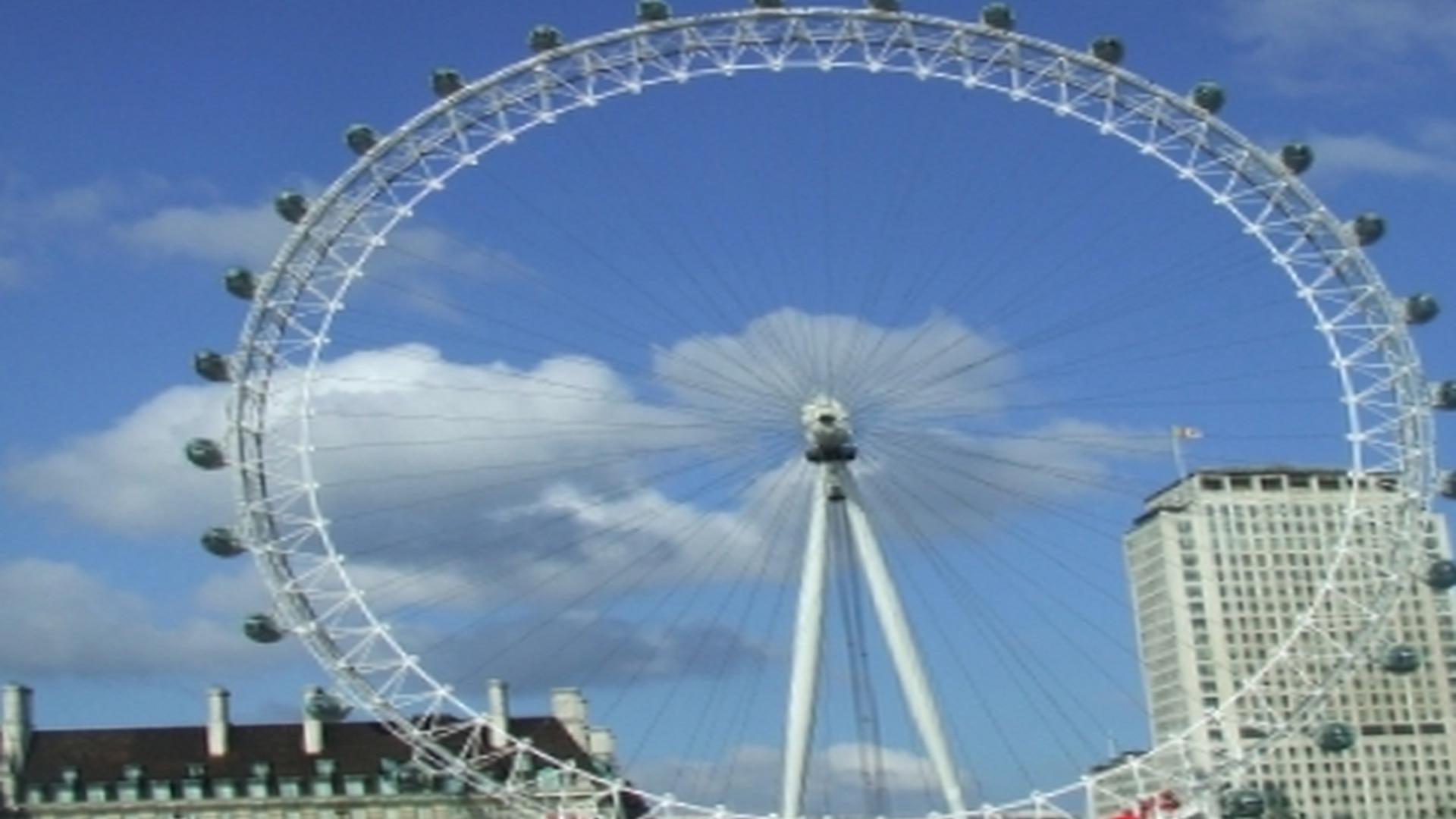The History Of The London Underground
/the-history-of-the-london-underground
District Line
It is a London Underground line that runs through Central London during the week, and is currently part of the London Overground network on weekends. This line is sometimes known as the District Railway or the Dear Old District line. The line also previously had three intermediate stations and two new stations have been rebuilt nearby existing ones to provide interchange with main line services. District line. The District line first opened on Christmas Eve 1868, between South Kensington and Westminster.
The line was extended to Fulham in 1870; turned north at Edgware Road 12 years later; and, finally arrived at Barking in 1885, This Week In London (thisismargate.co.uk). The District line is one of 11 lines on the London Underground, but is the only one that doesn't serve the City of London (the 'square mile'). The Central line and the District line were both on the London Underground for 87 years until the latter was transferred to British Rail (BR) in 1975.
Thames boats plodded along slowly, servicing such stations as London Bridge, Greenwich, Woolwich and Erith. The line was built by the District Railway Company, which was forced to open after losing its parliamentary battle for the City and South London Railway to the Metropolitan Electric Tramways Company. With the opening of the line between Westminster and Gloucester Road, it came to be known as the "District Railway". The zoo has had many notable former residents and this list is in no way a comprehensive one, rather it's meant as a historical selection when possible.
Metropolitan Line
The tube has been a vital part of London’s public transport network since it opened in 1863. In 1906 the Great Northern & City Railway (GN& CR) linked London’s King’s Cross station and Finsbury Park, via Moorgate. The line was originally scheduled to join up to the City & South London Railway at King William Street but, although trains entered tunnels towards this destination, the link was never completed. These tunnels still exist today underneath King William Street.
The operation of steam trains through central London streets prompted the construction, in 1863, of a single-track line between Paddington and Farringdon. The railway was promoted by Charles Pearson, parliamentary under-secretary to the treasury who devised plans for a financial syndicate headed by Edward Watkin, chairman of the Great Western Railway. The Metropolitan Railway Company was incorporated on 1 February 18o63. The Metropolitan Railway (also known as “The Met”) opened in 1863, becoming the world’s first subterranean passenger railway.
It was built underground mainly to avoid surface competition with the traffic and land sales of the already congested streets of London. Nowadays, we know it as the red line on the London Underground map. The Metropolitan Railway was a passenger line operating in London between 1864 and 1933. It ran largely underground with a section on the surface. Built using the “cut and cover” method of construction, being opened with wooden carriages hauled by steam locomotives, it was regarded as the first Underground railway in the world.
The entire original route is now known by a variety of names, but the good old Metropolitan Railway name lives on in local parlance and a number of official titles. The line that your ancestors would have taken to go to work at Paddington has grown into a many headed beast. The London Underground is a sometime thing of wonder. A wholly absurd solution to the conundrum of moving tens of thousands of people a day through the capital: duck-egg colours, barrelling break-neck speed trains and rickety, threadbare carriages whizzing through tunnels.
Northern Line
The Northern line is one of the most widely travelled on the tube network. It is known for its underground stations that reveal a sense of déjà vu, from Hampstead to Mornington Crescent. The Northern line is also one of the oldest on the network as well as one of the most reliable. The line has many deep level stations and due to their age, many are in need of modernisation. To see information about each station you can use TFL's tube map (shown above).
The line is also known as the Morden line, after the railwayman who coined the name for its southern portion, or the Edgware line, after the northernmost station on the line. The term “Northern line” is used in technical language to refer both to the separate lines that make up part of it and to its current route, but this article will stick to "Northern line" when referring to the latter. The line runs from Kennington to Morden, via Charing Cross, and Euston.
This primarily includes a deep section underground as well as some of the oldest railway lines around. It also is one of only two Tube lines to cross the river in central London, running from Bermondsey to Elephant & Castle. The Northern line is the second oldest line on the London Underground (Metropolitan line is older). It serves a large portion of north London and carries 1. 1 million passengers a day, and is very busy at peak hours.
Piccadilly Line
The Piccadilly line is coloured dark blue on the Tube map, and it made its first journey around London’s tracks in December 1906. Named after Charles II's mistress, the Piccadilly line first served the areas of Mayfair and Soho. It has expanded with the creation of some new stations along the way such as Gloucester Road where it now serves as a major transport hub for the area. The Piccadilly line also runs through prime central London spots including Knightsbridge, Charing X and Hyde Park Corner.
In fact, it stops at many of London's most visited landmarks including Buckingham Palace, Trafalgar Square and Covent Garden. The line was extended to Cockfosters & Bounds Green to connect with the Great Northern beyond Finsbury Park on 13 April 1914; Hammersmith (Hammersmith & City) was reached on 18 April. On 1 July 1932, a new uniform LSD stock was introduced with air-operated sliding doors and third railcurrent collection. The interiors were initially finished in two shades of green to match the livery of the coaches, but are currently blue and red, following refurbishment in the late 1990s.
During the First World War, many of London's railways were taken over by the government for war use and so the GNP&BR was merged with the Charing Cross, Euston & Hampstead Railway (CCE&HR) to form the London & North Western Railway. After the amalgamation in 1921 it was renamed as the Great Northern Piccadilly & Brompton Railway. The Piccadilly line was the second deep-level Underground line to be built in London (the first being the City & South London Railway) and was the first such British line to be permanently operated by electric traction.
The Great Northern, Piccadilly & Brompton Railway was the precursor to the Piccadilly line of today and one of the first deep level tube railways. It opened in 1906 and ran between Finsbury Park and Hammersmith. The line was extended to Cockfosters and Hounslow West in 1907, and linked up with the Great Western & Metropolitan Railway at Rayners Lane in 1908. The Northern line is the only London Underground line to cross the Greater London boundary, running partly Underground and partly overground from North West London across the centre of the capital to East London.
Digging Down
Once the original network was in place and had become a success, a more ambitious plan could be set about to build an even bigger network using more modern techniques. There was also the important matter of replacement as steam engines were gradually replaced with electric trains. The Central London Railway, for example, was developed from a simple cut-and-cover line to a fully deep level route between King William Street and Borough in 1902. This meant that extensive excavation work was required to allow the railway to pass beneath existing streets which were built on tremendous foundations laid down by their Roman predecessors some seventeen hundred years earlier (this is why London has such excellent subsurface geography for tunnelling).
By the early 1890s it was becoming evident that some of the shallow cut-and-cover tunnels were damaged by water and needed replacement, but the City Corporation still had no powers to undertake deep-level tunnelling, This Week In London (thisismargate.co.uk). This was because the ‘Metropolis Management Amendment Act’ passed in 1896 forbade the construction of underground railways beneath London’s streets without specific parliamentary authority. As a result two companies were established. One took over the construction of an east-west line and was supported by four merging local companies, while another replaced the Bakerloo line with another east-west route, requiring new parliamentary legislation.
The next 50 years saw the network expand southwards, now going deeper and further away from the centre. Instead of vent shafts in existing roads, these new tunnels needed ventilation towers usually built near the railway bridge that carried the line overground. These towers form characteristic landmarks along many routes, such as those immediately south of Blackfriars station on City Road or between Pimlico and Vauxhall, where they were used on both sides of the Thames.
We are used to the underground railway in London today as a vast mesh of lines that spread out like a giant spider's web. But when the first stretch of what became the Metropolitan line opened between Paddington and Farringdon in 1863, it was just one small stretch of a railway that was only built in central London. By 1895 the Central London Lines shared a common profile with one exception: between Gloucester Road and Kings Cross they were far deeper than anywhere else.
This was because on this stretch of line most of the trains were hauled by steam locomotives, which need much more air. '. To celebrate 175 years since the first underground journey between Paddington and Farringdon was made, we have been digitizing 25 metres of the original 1825 engineer's plans. These plans show an early example of tunneling technology which has stood the test of time. One thing for sure, youll never be bored and will have something exciting to talk about at work.
Key Circle Line Dates
The Circle line is the second circular underground line to be built in London, following the Metropolitan Railway which was completed in 1868. The first sod was turned at Mornington Crescent on 16 December 1868 by the Prime Minister Gladstone. It opened in stages, initially between Paddington and Farringdon Street on 1 November 1884 when Paddington station was also opened and temporary terminus of the Metropolitan Railway. The District line runs through the centre of London and is one of 11 lines operated by TFL (Transport for London).
It's the longest line on the London Underground network, running from Upminster in east London to Wimbledon in South West London, This Week In London (thisismargate.co.uk). In a recent survey of users conducted by Opinium Research, it was voted the nation’s favourite line with 26% of the vote. Image credit: Wikipedia. The Circle line was the next one to be constructed, and it was formed in 1870 from three separate railways – the Inner Circle, the Metropolitan and District Railway.
The line was circular in shape, hence the name. But instead of calling it a circle line, London’s Metropolitan Line referred to it as the Inner Circle. A lot has changed since then, and the Circle line has gone through several different iterations. The District line was extended several times, eventually reaching Hammersmith in 1884. As a result of the extensions, the Circle line was marked in red on the Tube map to denote that the line went around in a circle.
Key Metropolitan Line Dates
The Northern line reveals its rather confused origins in the names of stations on its network. It links Bank, which is an abbreviation of "Bank junction" (the name of the three interconnecting railway lines in north-west London), with Moorgate and Barbican, which are named after two nearby landmarks. With names such as these, you can't help but wonder if all the station names were thought up before someone had the bright idea of drawing a map.
On the first day of operation (10 January) the line ran from Stockwell to Camden Town via a temporary terminus at Edgware Road. A planned extension via Holborn to Bank was delayed because of World War II and when work resumed after the war new tunnels under central London had been planned. The extension to Bank opened in 1947 and then station was renamed "Bank" in 1968. The Victoria line opened in 1968, and was the first line to be built under London's new comprehensive transportation policy, which led to the North London Line and East London Line also being created.
The Jubilee line, which celebrated Queen Elizabeth II's Silver Jubilee in 1977, was another new railway project. The Northern Line serves 40 stations, including major hubs like King’s Cross St Pancras, Angel and Euston. It runs from the city north to Edgware Road (Bakerloo line), up through Hampstead and Golders Green to West Hampstead (Jubilee line) and on to High Barnet. The line is shown in red on the tube map. The most recent tube line to open was the Jubilee Line, which first travelled between Stanmore and Charing Cross on 1 May 1979.
Key Northern Line Dates
The Northern line reveals its rather confused origins in the names of stations on its network. It links Bank, which is an abbreviation of "Bank junction" (the name of the three interconnecting railway lines in north-west London), with Moorgate and Barbican, which are named after two nearby landmarks. With names such as these, you can't help but wonder if all the station names were thought up before someone had the bright idea of drawing a map.
On the first day of operation (10 January) the line ran from Stockwell to Camden Town via a temporary terminus at Edgware Road. A planned extension via Holborn to Bank was delayed because of World War II and when work resumed after the war new tunnels under central London had been planned. The extension to Bank opened in 1947 and then station was renamed "Bank" in 1968. The Northern Line serves 40 stations, including major hubs like King’s Cross St Pancras, Angel and Euston.
It runs from the city north to Edgware Road (Bakerloo line), up through Hampstead and Golders Green to West Hampstead (Jubilee line) and on to High Barnet. The line is shown in red on the tube map. The Bakerloo line was the fourth tube line to be opened by the London Underground. It was named after the Baker Street and Waterloo Railway (as will be discussed in a later post) and so it is interesting to see how long it took for this line to be created.
The most recent tube line to open was the Jubilee Line, which first travelled between Stanmore and Charing Cross on 1 May 1979. The Northern Line, which was opened on 14 December that year as far as Camden Town. The Northern Line, which was opened on 14 December that year as far as Camden Town. Jody Culham works in uses functional neuroimaging to study anxiety and depression. A recent publication that describes her work was published in “Scientific Reports” and titled “Amygdala-Mediated Social Status Is Coupled to Neuroticism”.



